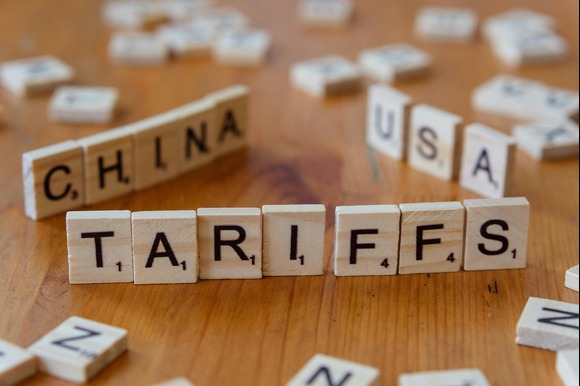
Photo by Markus Winkler
During his first term, U.S. President Donald Trump openly antagonized China, boasting that his tariff strategy had cost the country five million jobs. In a 2019 tweet, he claimed that his trade policies had pushed China “back on its heels,” reinforcing how critical jobs are to China’s export-driven economy.
While economists questioned the actual economic toll of the tariffs, the rhetoric emphasized the key role of employment in sustaining China’s manufacturing sector. Now, four months into Trump’s second term, the United States and China have resumed negotiations on tariffs. Once again, China’s labor market—particularly factory employment—is at the forefront of concerns. But this time, China’s broader economic challenges make its workforce especially vulnerable.
The country continues to struggle with a lingering property sector downturn that deepened during the COVID-19 pandemic, eliminating jobs and eroding household wealth. Compounding this issue is the annual influx of new university graduates into the job market, even as youth unemployment remains stubbornly high. “The situation is clearly much worse,” said Alicia Garcia-Herrero, chief Asia-Pacific economist at investment bank Natixis. With employment opportunities shrinking across multiple sectors, she noted, the need to preserve China’s 100 million manufacturing jobs has become even more urgent.
According to Natixis, maintaining current U.S. tariff levels—at or above 30 percent—could cut Chinese exports to the United States in half, potentially resulting in the loss of up to six million manufacturing jobs. A full-scale trade war, the bank warned, could raise that figure to nine million jobs lost. China’s economic growth, which had surpassed 6 percent annually during Trump’s initial term, has weakened significantly post-pandemic. Although Beijing has set a 2025 growth target of around 5 percent, many economists doubt the country will meet it.
Back in early 2018, China had announced a 15-year low in its urban unemployment rate and record job creation figures. Since then, however, regulatory crackdowns and tightened controls have stifled once-burgeoning sectors such as technology and online education, eliminating numerous employment opportunities. Over time, this has driven up the overall unemployment rate, especially among the country’s youth.
As of April, the jobless rate among individuals aged 16 to 24 stood at 15.8 percent—a slight decrease from March, yet still alarmingly high. With 12 million college graduates expected to enter the workforce this year, that number could climb even higher. In 2023, youth unemployment hit a record 21.3 percent, prompting the government to stop releasing the data. One well-known economist at the time estimated the actual rate could be closer to 50 percent. Last year, China resumed publishing youth unemployment data but did so under a revised methodology that brought reported figures down.
Job insecurity has also grown for those who are employed. Companies are increasingly opting for gig workers instead of offering stable, full-time positions. This shift has impacted sectors like food delivery and manufacturing, where flexible work arrangements are more common but often come with lower pay, fewer benefits, and limited protections.
In late April, Yu Jiadong, a senior official at China’s Ministry of Human Resources and Social Security, said that the government had rolled out policies aimed at stabilizing employment, particularly in the export sector, to support workers during these uncertain times.




